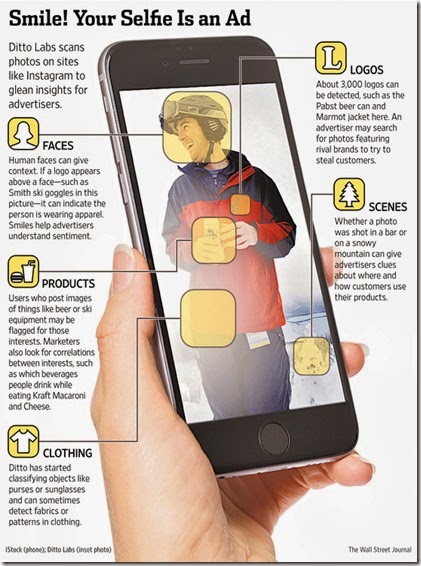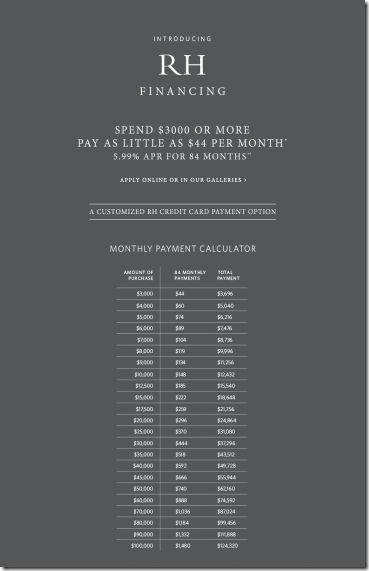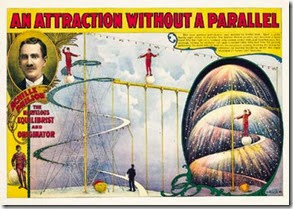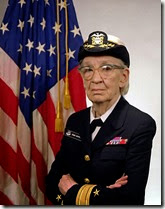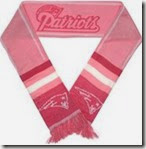Of course, I will not actually be going out as anything.
And since I won’t be going out as anything, there will be nothing in my bag. Since I won’t have one.
But my sister lives in Salem, and I’ll be heading up there and, in the spirit of good fun, I will be in costume. But in the spirit or little or no effort, it actually won’t be that much of a costume.
Not much of a stretch, but I will be going at as an old lefty: jeans, turtle neck, army shirt (authentic Viet Nam era, once belonging to my former brother in law), bandana, and dangling earrings. (Not big hoops: in the spirit of little or no effort, I was too lazy to go out and scout some up. But the ones I have are sufficiently hippy-ish. They’ll pass.)
I wish I still had a pair of Dr. Scholl’s sandals around…
I thought I had a bunch of old buttons – boycott grapes, get out of Viet Nam – but they seem to have disappeared on me. I was able to find a McGovern for President pin, and an Uppity Women Unite of recent vintage but 1970 sentiment.
I have an artsy necklace that looks like it was purchased in a head shop but which I actually bought at Lord & Taylor in 1970 – so it’s definitely era-appropriate - and have hung onto since.
I was going to make myself a picket sign, but I don’t want to lug it around. (‘What have you got?’ the answer uttered (sneered?) by Marlon Brando’s character in The Wild One when asked ‘What are you protesting?’)
Anyway, I suspect that most people won’t know I’m in costume, since what I’m wearing won’t be that much different than what I’d be wearing.
While I won’t be going door to door trick or treating, I will be giving out candy at my sister’s.
Her town of Salem is the epicenter of trick or treat, and my sister lives just off Salem Common. Given that Halloween is on a Friday this year, she can expect upwards of 300 ghosts and goblins Spider Mans and whatever the name is of the Frozen princess who has most favored princess status. So giving out candy is an all-hands effort there. (We all spell each other handing out candy, hanging out drinking wine, and hanging out keeping the dog calm. Jack does not especially approve of Halloween.)
While I am on handing-out duty, I will admit that I will occasionally put one of my hands in the goody basket, seeking out a Butter Finger.
I don’t know why.
Butter Finger is not my favorite candy ever.
But it sure is my favorite Halloween candy ever.
I will no doubt snag a little boxeen of Junior Mints while I’m at it, as well.
Another Halloween fav: M&Ms. (But that probably shouldn’t be on the Halloween list, as M&Ms are actually something I buy in real life, in real size.)
Anything chocolate is good, of course.
But there are a couple of must-avoids: Starbursts and Jolly Ranchers. (I used to put Skittles in that category, but actually have grown to like them. Not enough to choose them over a Butter Finger, but definitely requiring no avoidance dance.)
If I were going out, I’d be thrilled with Hershey’s miniatures, especially a Mr. Goodbar. With a Tootsie Pop (but not a Dum-Dum). With a York Peppermint Patty. With a (wrapped) Twizzler.
No thanks to an apple, a popcorn ball, a salty snack. It’s Halloween: Sugar ‘r Us.
No thanks to a Sugar Daddy or Turkish taffy. I have too many fillings to worry about yanking out.
Ah, Halloween.
While Halloween is supremely excellent in Salem, it is also pretty darned good in my neighborhood in downtown Boston.
Lots of folks decorate their homes and, because those homes are old and in a gaslight neighborhood, everything looks kind of spooky to begin with.
If the weather’s decent, especially given that it’s a weekend, the hordes will be out, thronging the streets. As my neighborhood is so concentrated, things will in some ways be even crazier than in Salem where the overall crowds will, no doubt, be larger.
Folks always say that, after a loved one dies, ‘the holidays are the hardest.’
I always have to laugh at this one.
My husband hated most holidays, and preferred not to celebrate any of them.
He put up with my hosting Christmas Eve, but after my aunt and my mother died, he pretty much stopped “doing” Easter, Thanksgiving and Christmas.
So, as a matter of fact, the holidays won’t be the hardest.
But because it was all about kids, Jim very much enjoyed Halloween. For a number of years, when we lived in an upstairs flat in a massive townhouse that had kids downstairs (who became like a niece and nephew to us), we’d go out with them.
After those guys grew too old for trick or treat, we began to ratchet back and forth, every other year, between Salem and The Hill (with a few stops in Boston’s Charlestown neighborhood along the way).
Which all makes Halloween the one holiday that will be a bit tough on me this year.
In Jim’s honor, I will see if I can snag one of his favorites: a Snickers bar or a box of Good ‘n Plenty.
And since part of Jim’s ashes were shot into space last Thursday, I suppose we might say that he will be going out – symbolically speaking – as an astronaut.
Whatever you’re going out (or staying in) as, Happy Halloween.

